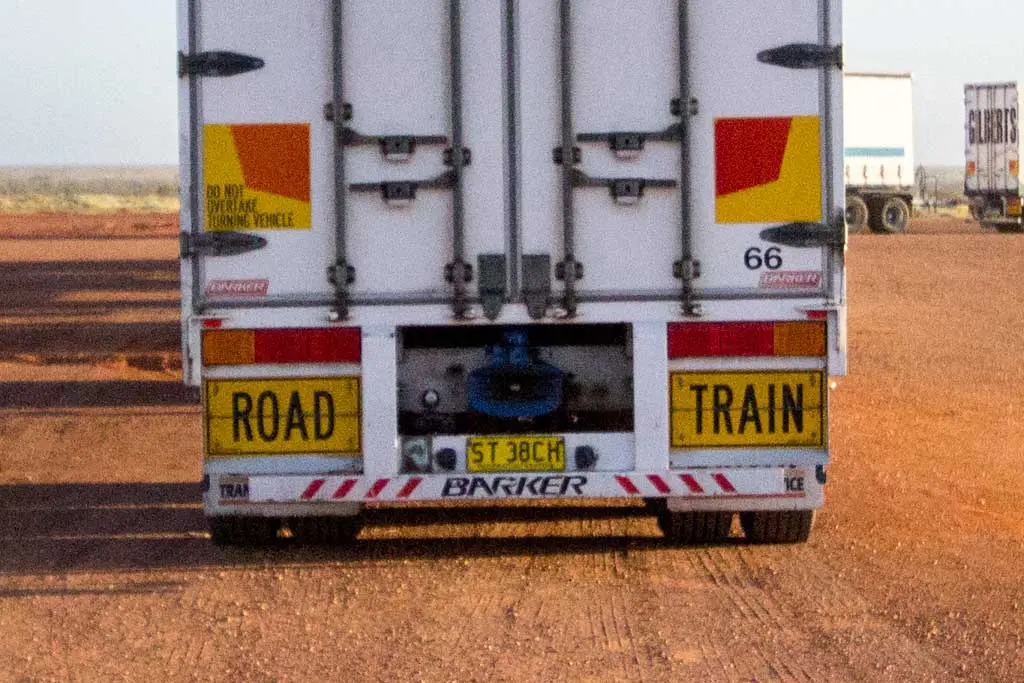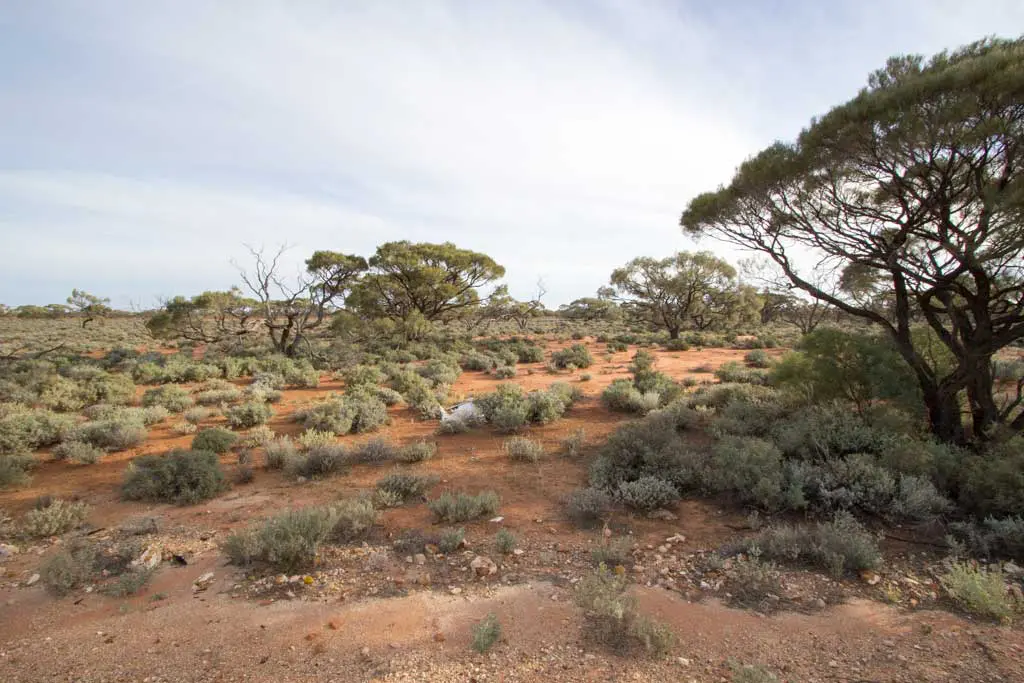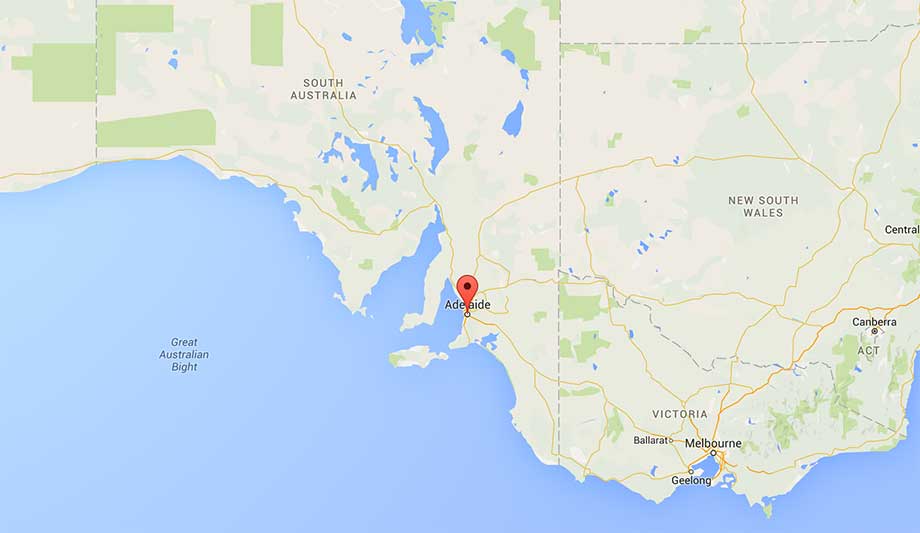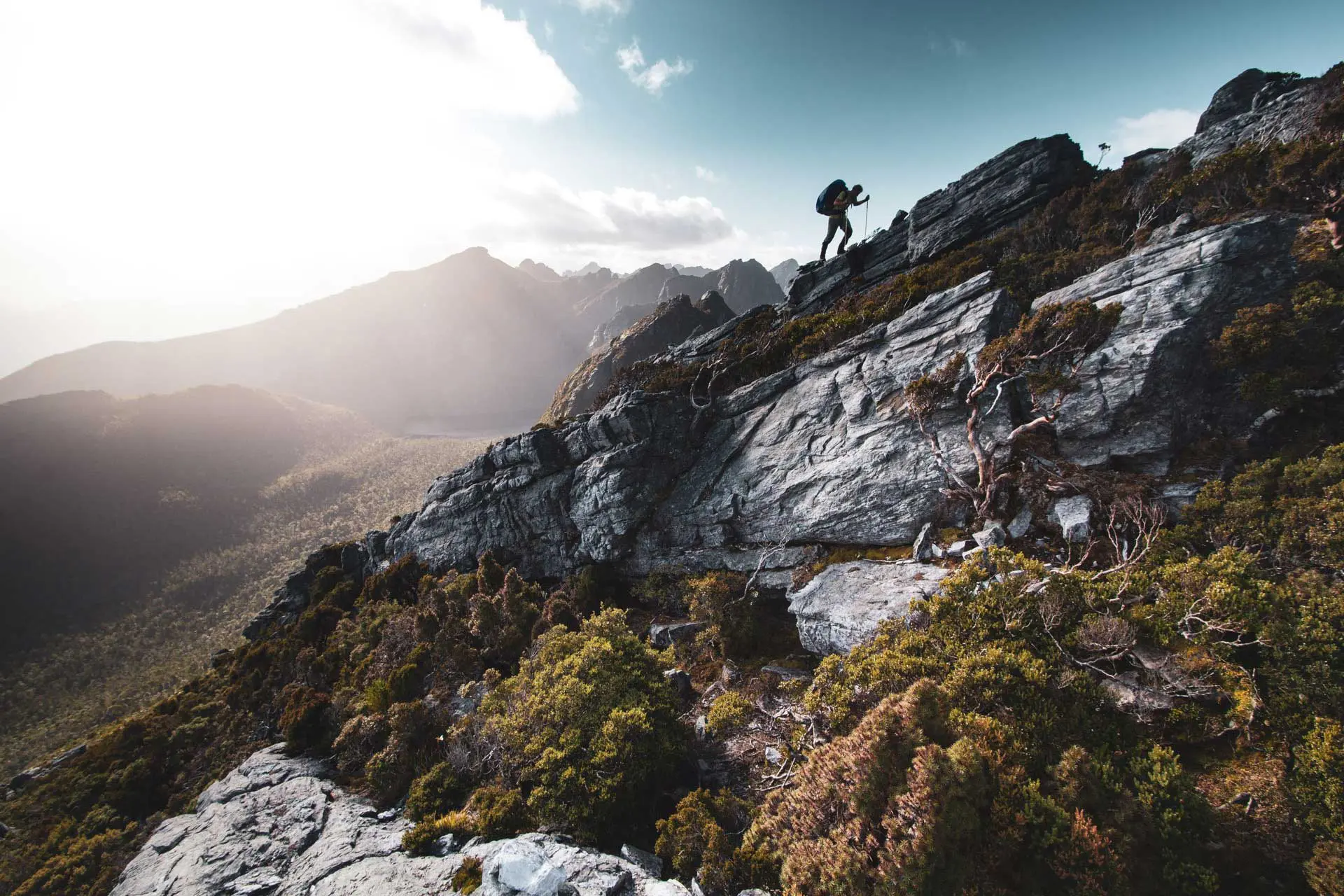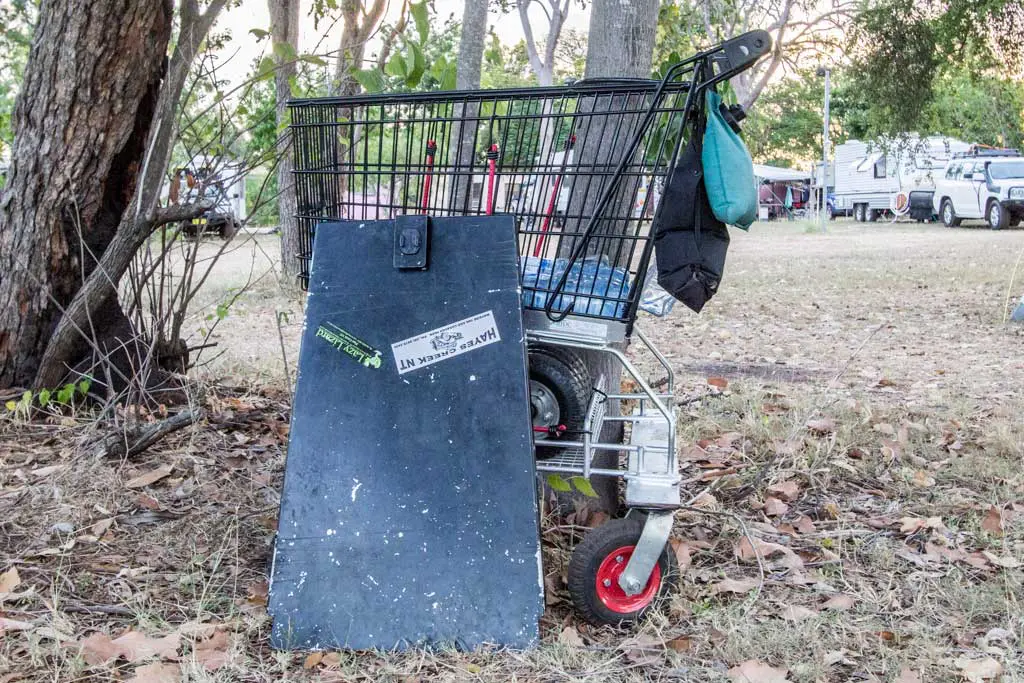Australia Bike Tour Day 37: Road Trains
Australia’s Outback isn’t the most populated of places.
With a population density of 0.015 inhabitants per km², you’re more likely to encounter a troop of kangaroos than you are a person – so I hope you brought plenty of water.
Despite the definitive amount of nothingness in Australia’s center, people still insist on living out here. The largest town in the Outback, Alice Springs (where I hope to be soon), has a permanent population of just over 25,000. And that’s basically it for nearly 1,000 mi (1,600 km) in any direction (I’m actually just out here on my bike to confirm this).
But with all these people living in what can accurately be described as “the middle of nowhere”, the problem becomes how to deliver goods (vegemite, meat pies, etc.) to these electively-isolated towns.
Australia’s solution? Road trains.

Road trains are usually the first thing that they Grey Nomads ask me about when they discover that a bicycle is my primary means of transportation through the Outback.
“Aren’t you afraid of road trains? What do you do about the road trains? Road trains sure are scary, aren’t they? Watch out for those road trains.”
So what’s a road train? It’s basically a semi truck with two, three, or even four trailers. However, I’ve been told that these trucks can pull as many as five trailers. Now I’m not calling the intoxicated local I met in Victoria a liar, but the most I’ve seen a truck pulling is three trailers (or four if you count these weird half trailer looking things pulled by some fuel trains).
A 120-ton truck hurtling down the highway is not a force to be reckoned with, but the road train drivers are generally quite accommodating (they are literally professional drivers, after all). Spare the occasional hole of ass that (literally) drives me off the road, the road trains aren’t much of a concern.
Usually these trucks are hauling general freight, fuel, ore, or livestock. And speaking of livestock, it’s a bit depressing to see a livestock truck roll past with hundreds of cows or sheep lined up one against the other (I prefer them dead and cooked on a plate, not live and cooking in the sun).
It’s even more depressing when a truck passes and I get a face full of hay, shit, and animal farts.

Because road trains make up a solid percentage of the vehicles on the Stuart Highway (the highway running up the middle of Oz), I do have to take some precautions.
Should there be a vehicle traveling towards me, I need to constantly be checking behind me to ensure that a road train is not coming up behind me (I ride in the middle of the lane as a means of forcing cars to give me adequate space when they pass).
Even more dangerous is a scenario in which there is a road train coming up behind me and there is a car passing the road train as it comes up to pass me. In this situation the road train cannot get over; slowing down is not an option for these guys.
My current strategy is “hope this doesn’t happen”. So far so good. Should my luck run out, I only hope that train conductor has the wherewithal to give me a warning blast from that fancy air horn.
Beep, beep.
- Start: Marla, South Australia
- End: Marryat Creek, South Australia
- Day’s Distance: 74.58 mi / 120.02 km
- Total Distance: 1,257.29 mi / 2,023.41 km
